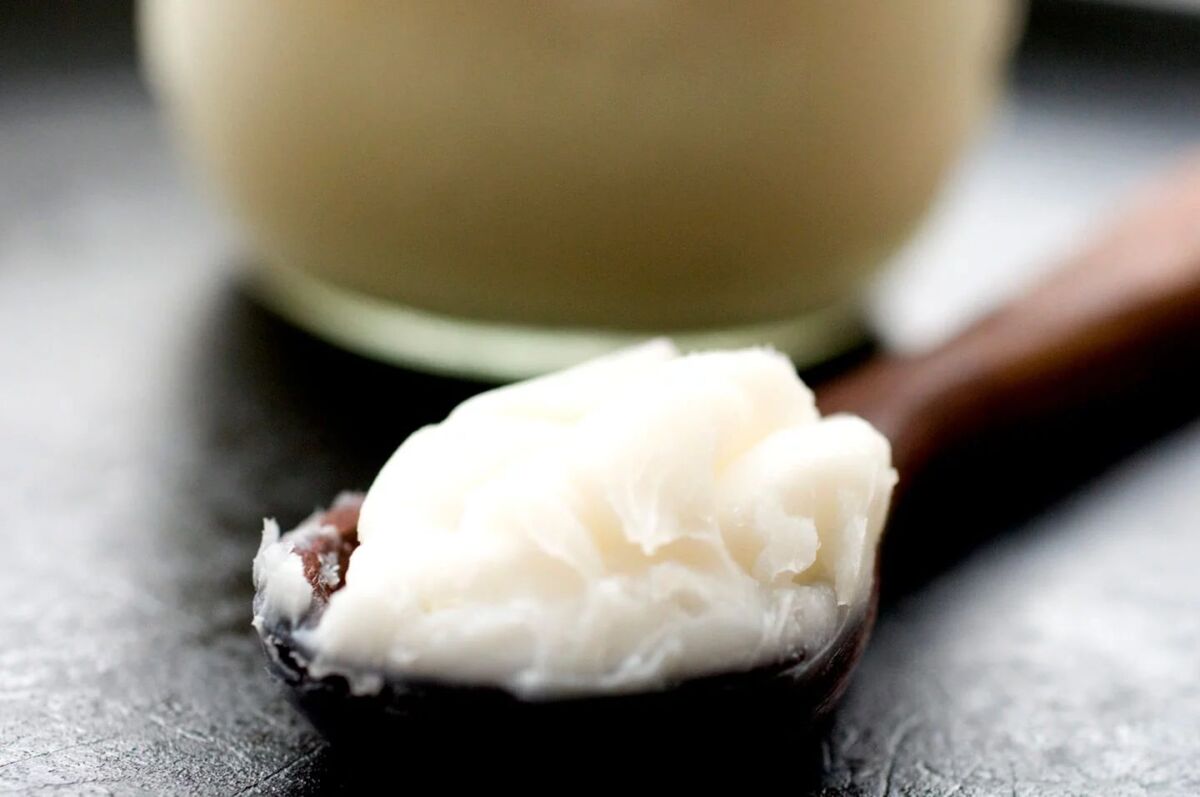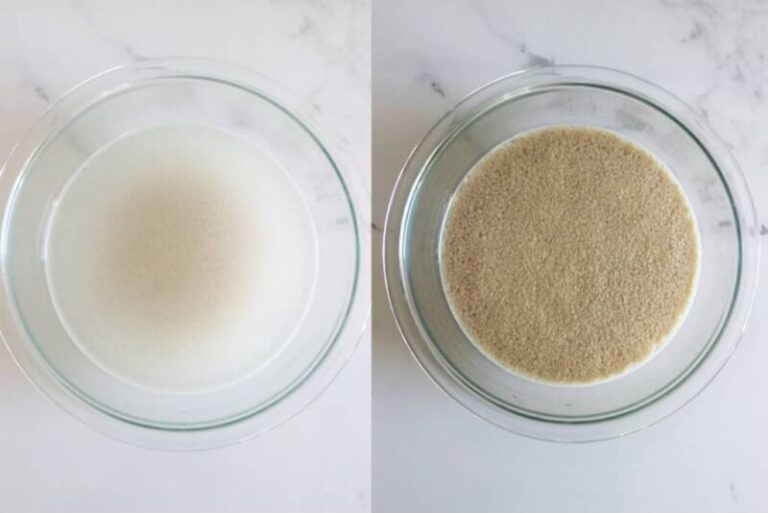Can You Freeze Lard? How To Do?
Although lard may not enjoy the same level of popularity as it once did, it remains an exceptional ingredient for cooking, capable of imparting a delightful and rich flavor to your prepared meals.
However, when you acquire lard, it is common to find yourself unable to utilize the entire quantity before its expiration date. Even a small amount of lard can stretch a long way, but wasting any of it is certainly undesirable.
So, can you freeze lard? The answer is YES. By taking appropriate measures to prepare and secure the lard, it can be effectively frozen and preserved for up to 12 months. This means that you have ample time to make use of every portion of lard you purchase, ensuring none of it goes to waste.
If you desire more detailed information on freezing lard and the recommended techniques to achieve optimal results, look no further!
Can Lard Be Safely Frozen?
Yes, lard can be safely frozen, making it an ideal candidate for freezer storage. Freezing lard is a fantastic method to extend its shelf life and ensures that you can utilize it at your convenience, rather than risking its spoilage.
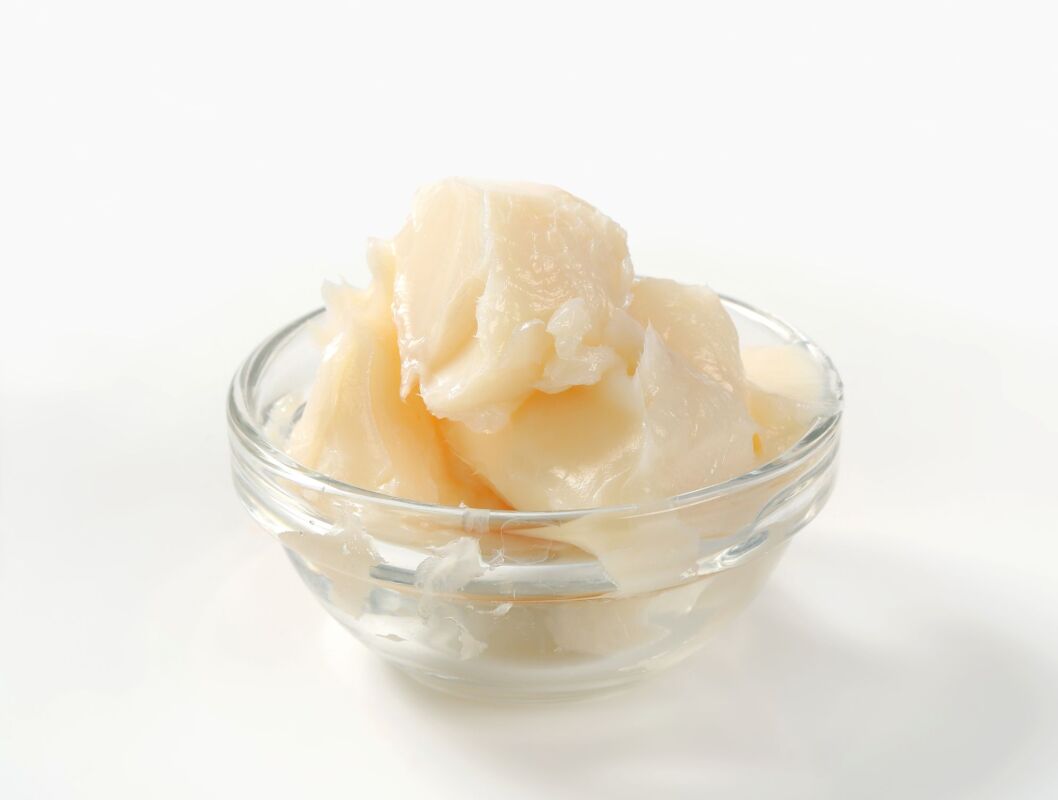
When freezing lard, it is important to ensure that it has low levels of water content. Lard with high water content may experience a loss in flavor and texture when frozen. Additionally, lards with higher water content are more prone to developing freeze burn. However, high-quality lard typically contains minimal water content, reducing the risk of these issues.
By keeping lard frozen, you can effectively preserve it for an extended period. To freeze lard properly, it is crucial to take the necessary precautions and ensure its protection inside the freezer. Once the lard has been frozen and handled correctly, it is safe for consumption whenever you choose to use it.
How To Freeze Lard
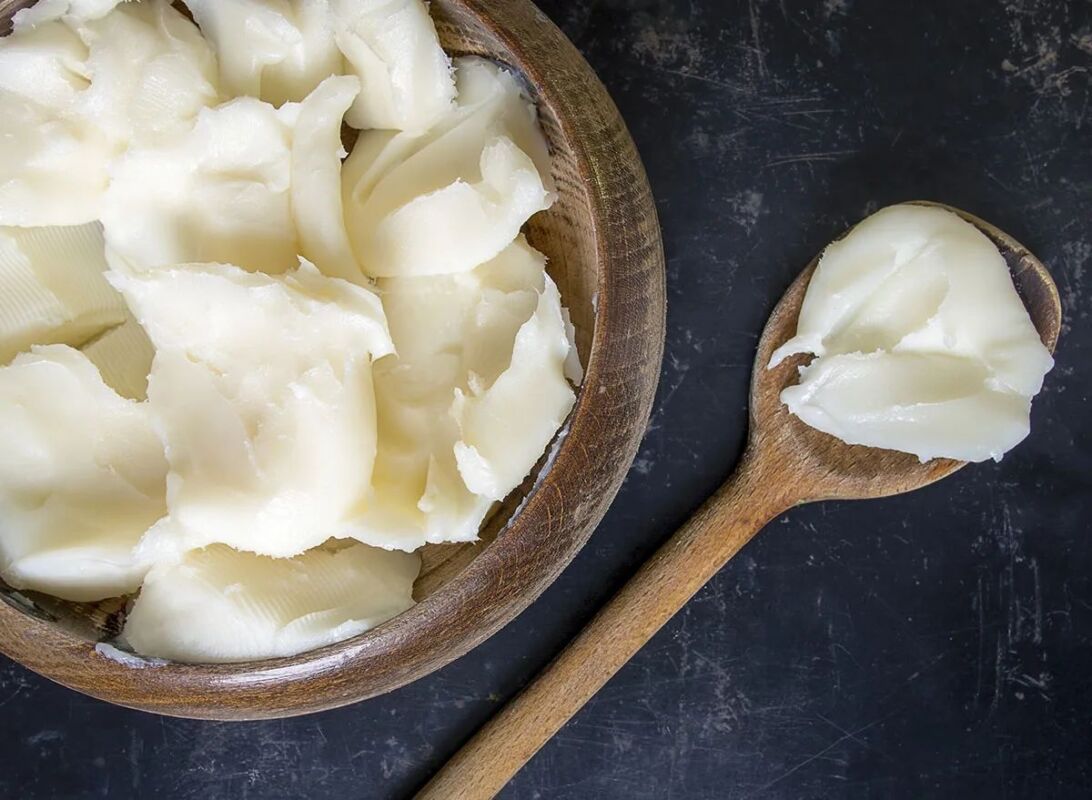
Freezing lard is a simple and effective process, but ensuring the lard remains in optimal condition requires careful preparation prior to freezing. By following the steps outlined below, you can protect the lard and maintain its quality within the freezer.
- Remove the original packaging: Remove the initial packaging and lard from it, particularly if you have opened the container and utilized a portion of the lard. The packaging may not be suitable for freezing purposes, so it is advisable not to employ it for this purpose.
- Wrap The Lard: It is essential to shield the lard before placing it in the freezer. Begin by placing a layer of baking paper directly on top of the lard. Ensure that the baking paper adequately covers the lard and is folded over it securely. This step provides a protective barrier against water infiltration during the freezing process.
- Protect It In Plastic Wrap: Merely using baking paper may not provide sufficient protection for the lard while in the freezer. To enhance its preservation, wrap the lard tightly in multiple layers of plastic wrap. This comprehensive wrapping creates an effective seal, preventing moisture from entering and reducing the risk of the lard developing freeze burns.
- Label The Packaging: Whenever possible, label the package with the date of freezing and the name of the product. This labeling practice facilitates easy identification of the stored lard in the freezer and serves as a reminder of the time frame within which it should be consumed.
Is it Possible to Freeze Lard in Smaller Portions?
Freezing lard as a whole block can present certain drawbacks, primarily because it requires melting the entire block at once, even if you don’t need to use all of it. To prevent wastage and facilitate convenient usage, it is advisable to freeze lard in smaller portions and defrost only the amount required at a given time.
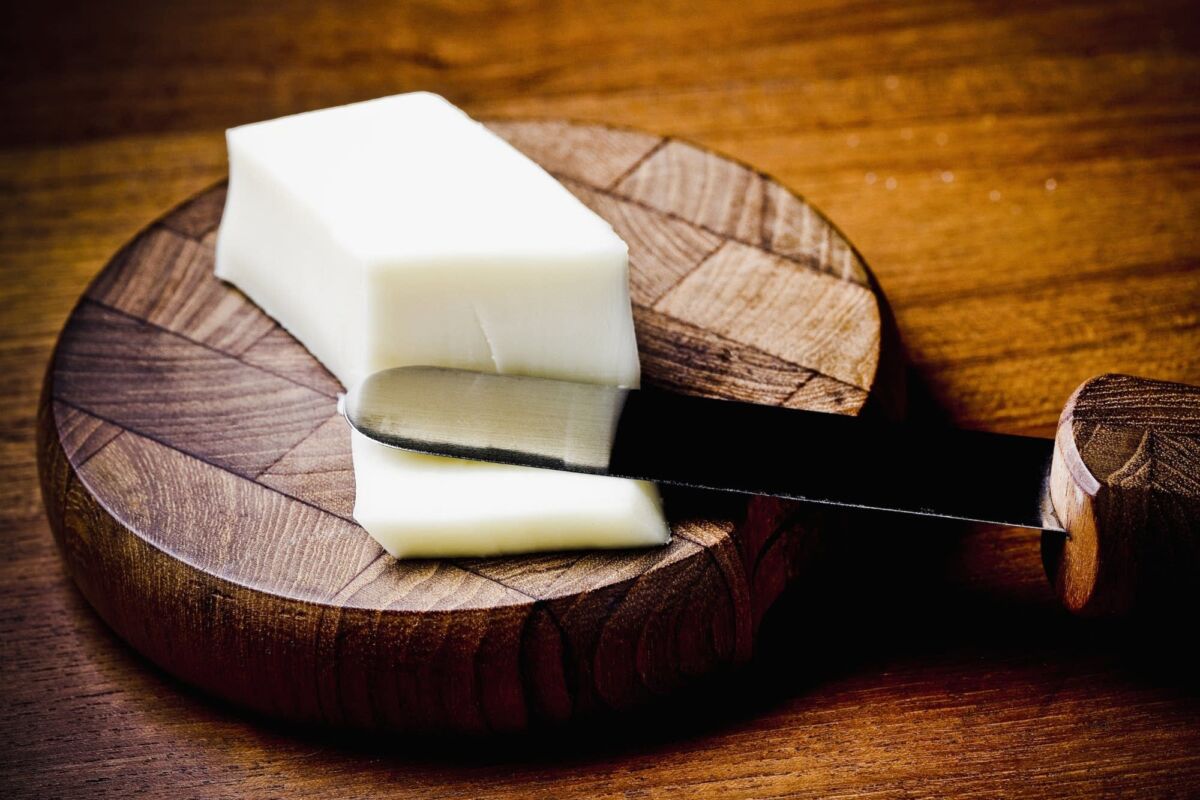
The most effective technique to achieve this is by melting the lard in ice cube trays. This method allows you to store smaller amounts of lard, enabling you to retrieve individual cubes from the freezer as needed for your cooking endeavors.
To prepare smaller portions of freezable lard, follow these steps:
- Allow the lard to cool slightly to make it easier to cut into the ice cube mold.
- Ensure that the ice cube tray is clean and dry.
- Fill the molds of the ice cube tray with the lard, ensuring proper placement to avoid any air bubbles in the cubes.
- Once all the lard has been placed in the ice cube tray, cover the tray with one or two layers of plastic wrap.
- Place the tray in the freezer and allow it to remain there for several days until the lard portions have solidly frozen.
- Remove the ice cube tray from the freezer and gently release the lard cubes by twisting the tray.
- Transfer the frozen lard cubes to a freezer bag, attempting to remove as many air pockets as possible before sealing.
- Label the plastic freezer bag with the date of freezing for easy reference.
- When you require lard, simply unzip the bag and retrieve the desired number of cubes, using them as needed.
How Long Does Frozen Lard Last?
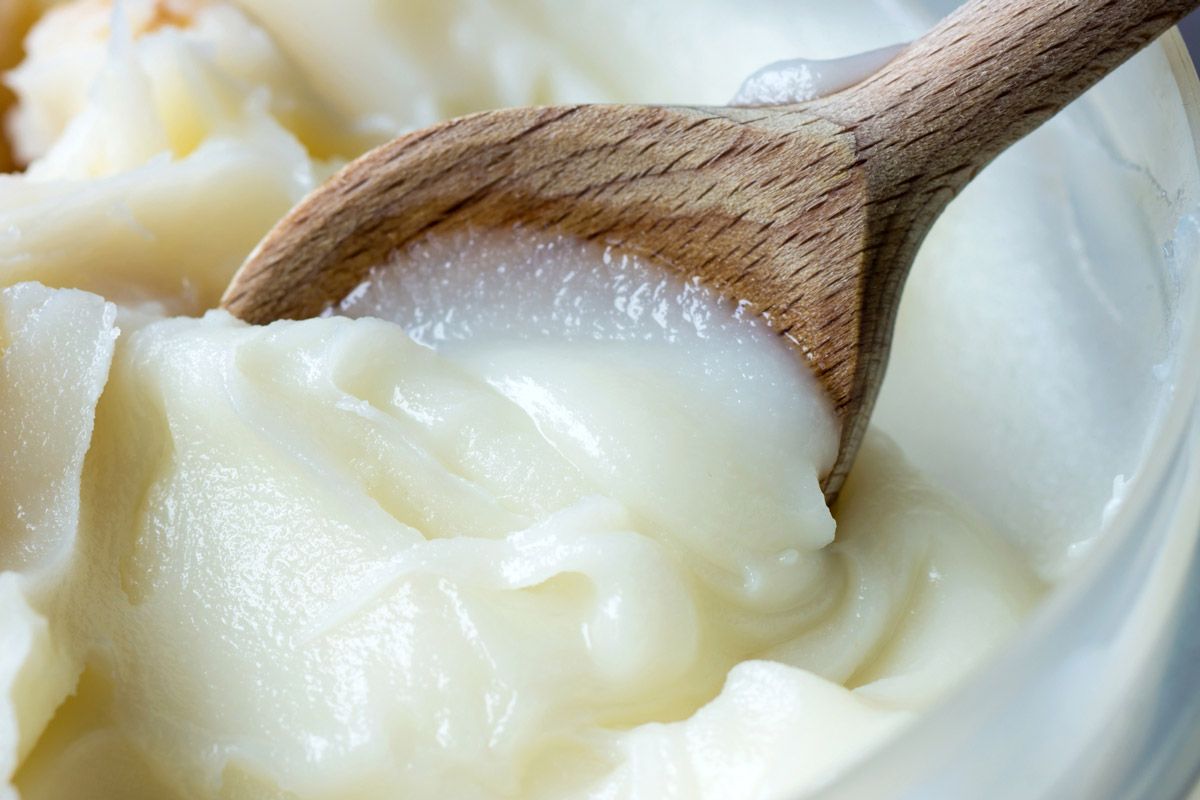
In an optimal situation, it is recommended that lard should not be stored in a frozen state for a duration exceeding 12 months. The quality of lard is significantly enhanced when it is utilized within a shorter period after freezing.
While lard remains consumable within the subsequent 12 months, it is important to note that its overall quality may diminish over time, resulting in potential compromises in both flavor and texture.
To guarantee the best utilization of lard, it is imperative to adopt a labeling system that includes the date of storage. By clearly marking the storage date, you can ensure that the lard is utilized within the recommended timeframe of 12 months. This practice assists in maintaining optimal quality and preserving the desirable characteristics of the lard.
Tips for Freezing Lard: Best Practices for Optimal Results
When it comes to freezing lard, it is crucial to follow the right techniques for achieving the most effective outcome. Here, we present our top three tips that we highly recommend implementing when freezing lard.
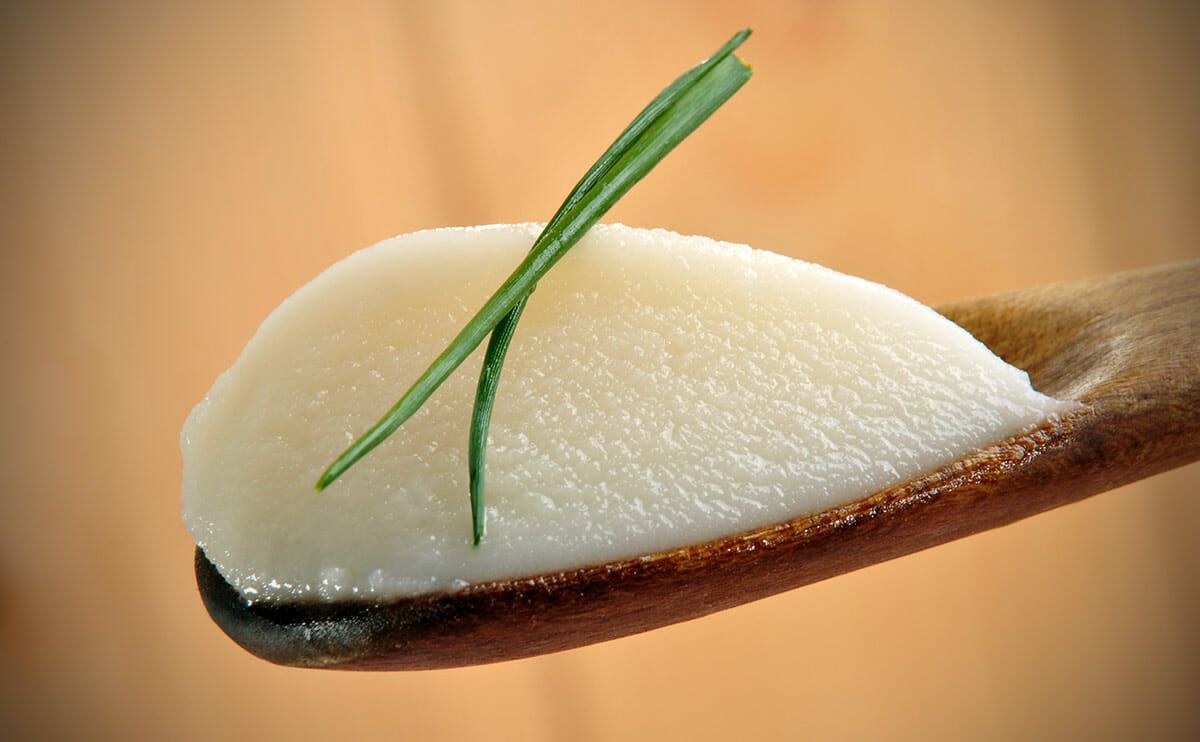
Separate from Other Fats
As we may recall from our science lessons, water and fat do not blend. However, different types of fat can easily mix together. To ensure that the lard maintains its desired properties and does not form an unfamiliar composition, it is strongly advised to keep various types of fat separate from each other during freezing.
Consider a Securely Sealed Container
While utilizing baking paper or Cling film as mentioned earlier can provide a satisfactory seal for the lard, it is advisable not to be overly cautious. In the event of power cuts or unforeseen circumstances, the lard may begin to melt, leading to difficulties in its removal. To mitigate this risk, it is recommended to use a sealed, solid container that offers enhanced protection and insulation.
Assess the Need for Freezing
Lard has a remarkable shelf life and can endure for an extended period without requiring freezing. In fact, lard can be safely stored in a refrigerator for up to six months with ease. Therefore, it is essential to consider whether freezing is truly necessary, as allocating freezer space for lard storage can be utilized for accommodating other perishable items.
How to Thaw Lard Effectively and Maintain its Quality
When it comes to thawing lard, there are two recommended methods that you can employ depending on your specific needs. If you require solid lard for tasks such as cake baking or any other recipe that calls for solidified lard, there are a couple of steps you can follow. Begin by placing the lard on your kitchen counter or, for better results, place it in the refrigerator overnight. This gradual thawing process ensures that the lard maintains its solid state, allowing you to work with it seamlessly.
On the other hand, if you’re planning to use lard for cooking purposes like making soup or frying, there is a more efficient method to consider. In this case, you can simply place the frozen lard directly on the stove and allow it to melt into a liquid state. This approach is particularly suitable for immediate use, as it eliminates the need to wait for the solid lard to re-solidify, which can be time-consuming, even when utilizing the refrigerator.
For optimal results and to preserve the flavor profile of the lard, it is generally recommended to opt for the gentlest thawing method, which involves allowing the lard to slowly thaw in the refrigerator. By adopting this approach, you not only ensure the lard’s quality remains intact but also achieve efficient results. The gradual thawing process in the refrigerator helps retain the unique flavor characteristics of the lard, making it a preferable option for those who value the taste and overall quality of their culinary creations.
Conclusion
Freezing lard is a practical and effective method for extending its shelf-life, especially when you anticipate using it after it has already started to deteriorate. However, it is crucial to handle and package the lard correctly to maintain its optimal quality and prevent the occurrence of freezer burn.
To freeze lard successfully, take care to use appropriate storage containers or packaging materials that are airtight and freezer-safe. This will prevent moisture and air from affecting the lard’s texture and flavor during storage. It is also advisable to label the containers with the date of freezing to keep track of its freshness.
Lard can be stored in the freezer for a period of up to 12 months without significant degradation. Therefore, it is prudent to monitor the duration of storage and ensure that you utilize it within the recommended timeframe to maintain its taste and overall quality.
